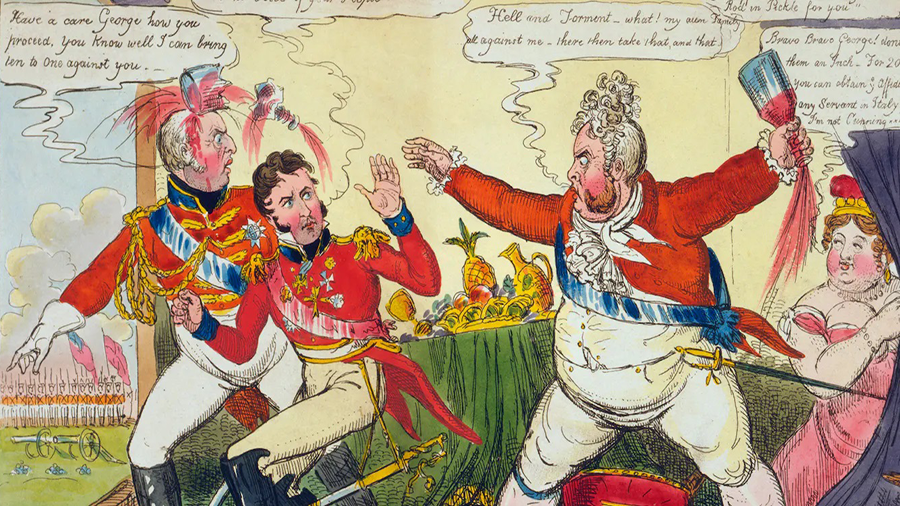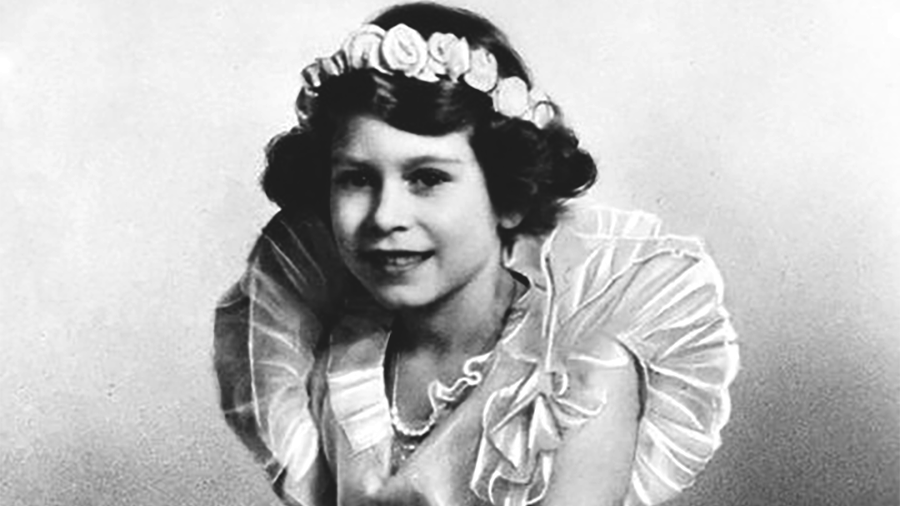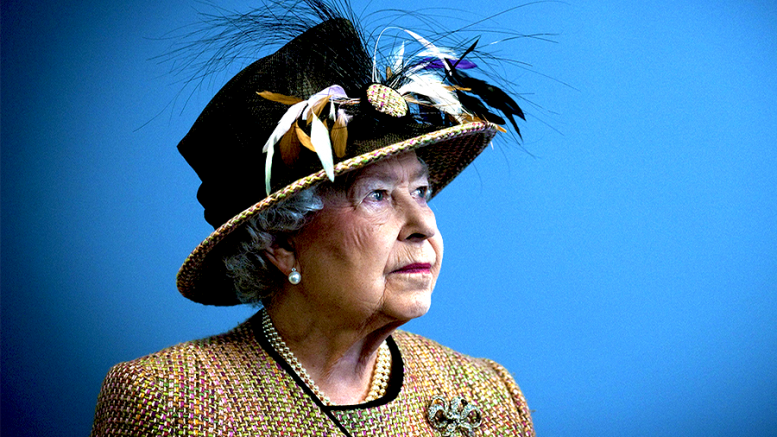Contributed by Jim Hayes
The big news today is the death of Queen Elizabeth II at the age of 96. Many are paying tribute to the long reigning monarch, who as well as being the Queen of the United Kingdom, was Australia’s head of state.
A death hurts those who are left behind. People naturally want to be respectful. It is the same here. But Elizabeth II represented an institution that is being questioned, and this is inevitably going to be part of the conversation. By stepping into the role as the new monarch, her unpopular son Charles will nothing to lift its legitimacy.
This is an out-of-date intuition that should have been consigned to history a long time ago.
The shine has worn off the monarchy among the British. Fewer believe the crafted mythology in place for many years. This goes back to Queen Victoria, who ascended the throne in 1838. She was incredibly unpopular. Part of the reason was her German roots.
But it was mostly because the previous king, George III, who despite the official history, was of the German Hanover family and related to France’s Louis 17th who had his head removed during the French Revolution. George was reviled for his wine-soaked lifestyle, disregard, and the imitation of all things French and disdain for all things British. It was believed he refused to even speak English at Court.

A caricature of George III at the time of his reign
Many British looked towards France and though that revolution and the guillotine for their king and aristocracy would be a good thing. This was the height of the industrial revolution with crowded cities of incredible exploitation and poverty.
The art of photography then came onto the scene. It was used to rebadge the image of the unpopular Victoria. For the first time images could be produced on a mass scale and enter every household. This was the first Hollywood. The Queen could be presented as the stoic emerging middle-class ideal, hardworking, thrifty, and with standards to uphold. The emerging middle class, flush with money from the conquest of India and the tea trade, became her social base.
Clever use of media has been key to maintaining the British monarchy since then.
Elizabeth II was said to have married for love, when the truth is that this was an arranged marriage. She was promised to the older Phillip at the tender age of 13, as part of the ambitions of the two families. After World War Two, any German association had to be expunged and this was achieved through the new media resolution, the rise of the newsreel. The coming of the film age created an even better opportunity for myth creation. The royal family is presented as caring, and the tradition racism and pro-Nazi political leanings buried.

Elizabeth at around 13 when her marriage to Philip was arranged
A story about how the crown provides a check and balance to the political system, and builds the economy by encouraging tourism, was manufactured. The incredible cost on the public purse was hidden from sight. Other than this, the main functions of the monarch and family are an endless round of rituals and patronage of a mountain of charities. The sky wouldn’t fall in without the rituals. The charities could continue without the royal name.
A virtue has been made over the fact of not being elected and can therefore keep an eye on elected leaders. This is a myth within the bigger fairy-tale myth. It also flies in the face of notions of democracy. The British would be better off without the monarchy.
And why the hell is the British monarchy still presiding over Australia, where it can’t even be argued that it boosts tourism? Like in Britain, it has been maintained as a check on the political choices of the people, with the added dimension that it represents the incomplete development of Australia as an independent nation.
We should not forget that the monarchy, through the Queen’s representative in Australia, the Governor General, was used to overthrow the elected Whitlam government in 1975. This put a serious dent in its legitimacy. The antics of the royal family have further dragged their reputation.
When the Queen first came to Australia in 1954 the crowds were huge. With each subsequent visit the became small until, very few showed interest. The myth of the British Monarch is dying, and most Australians want to live in a republic, although agreement over what this means does not yet exist.
The death of Elizabeth II is obviously a trauma for those who were close to her. She is like everyone else in this respect. But the issue is not the person. It is the institution that should have disappeared long ago.
Every effort will be made to rebadge the myth. This will not be easy to do.


Be the first to comment on "Death of Queen leaves behind an institution with little legitimacy"